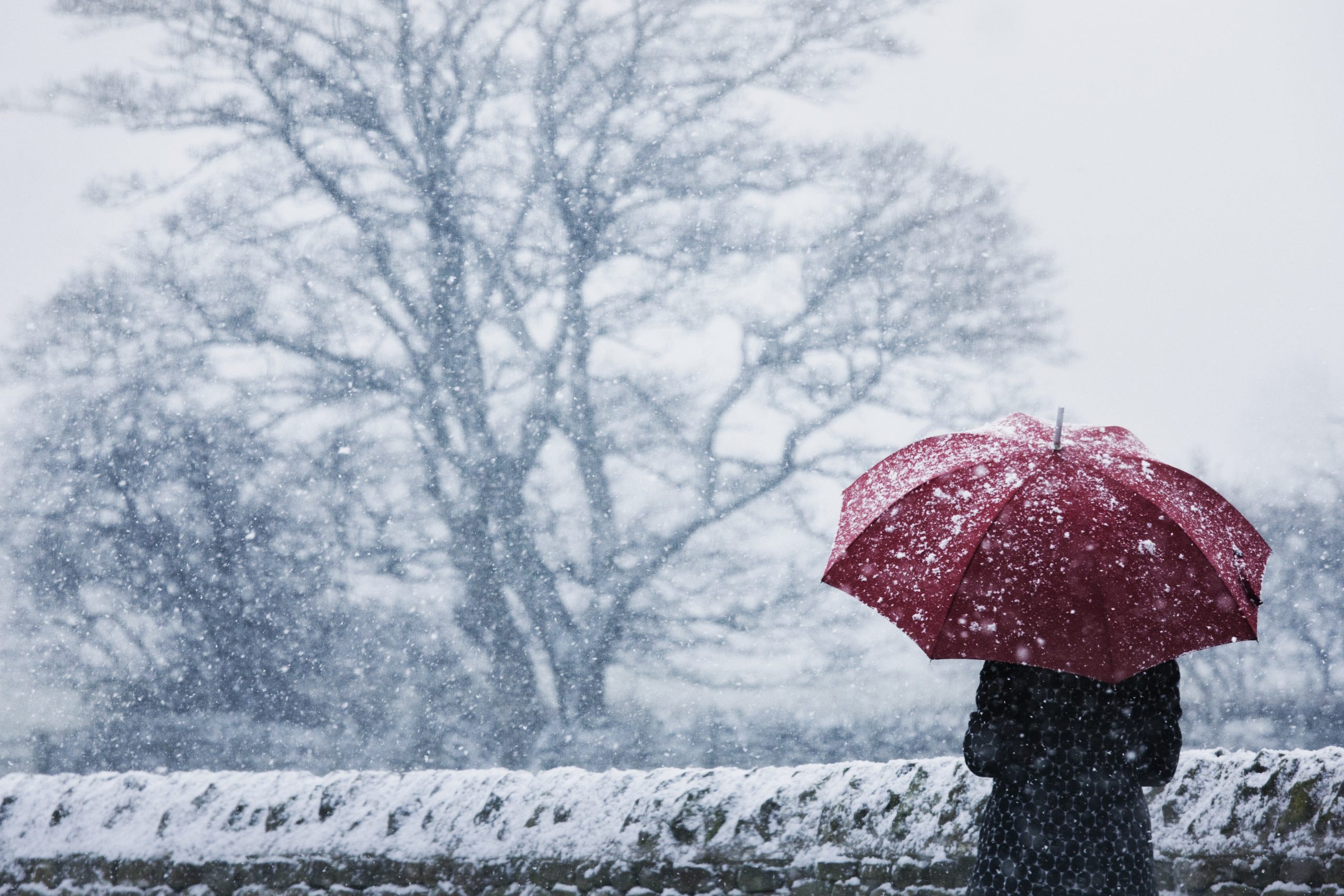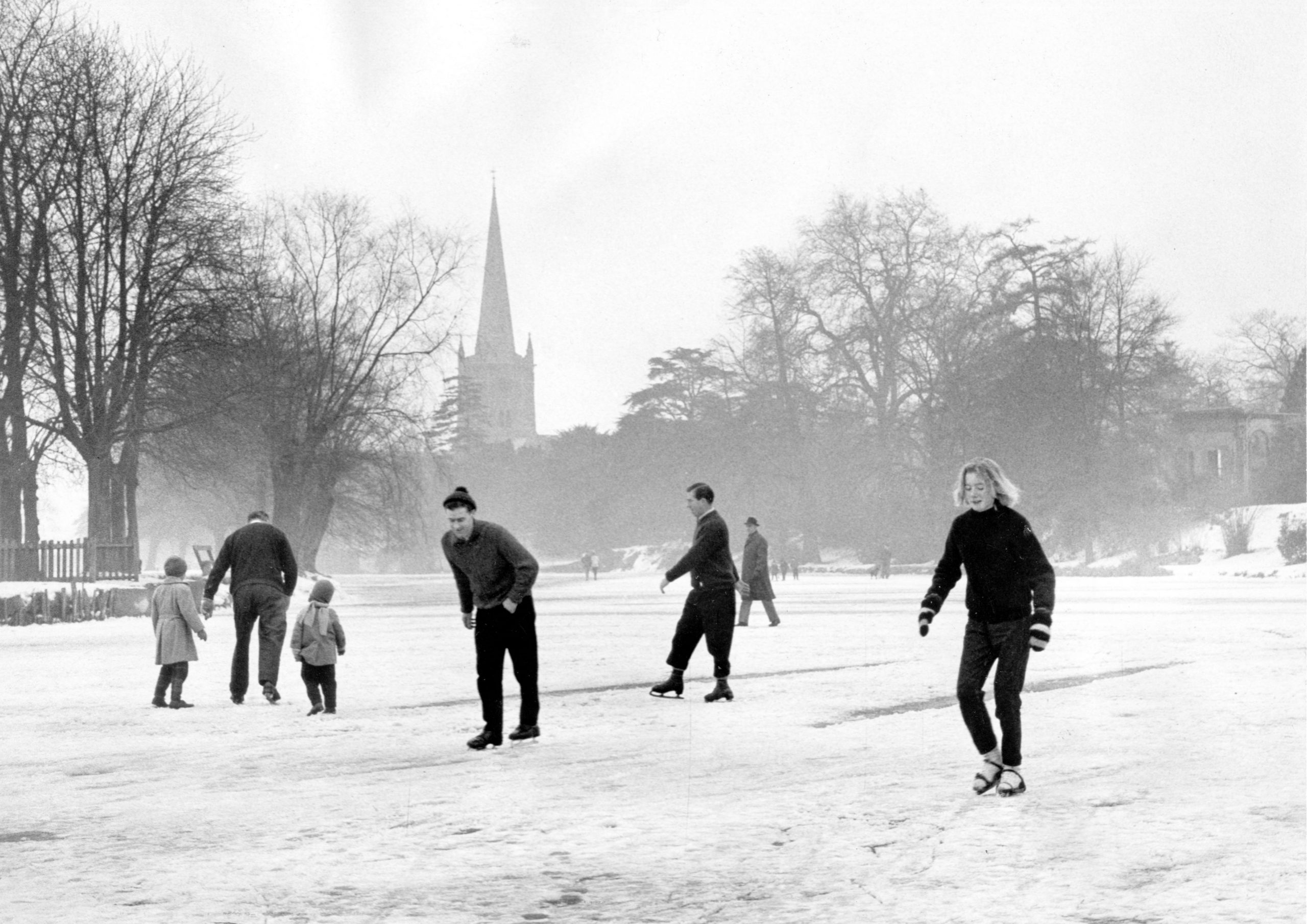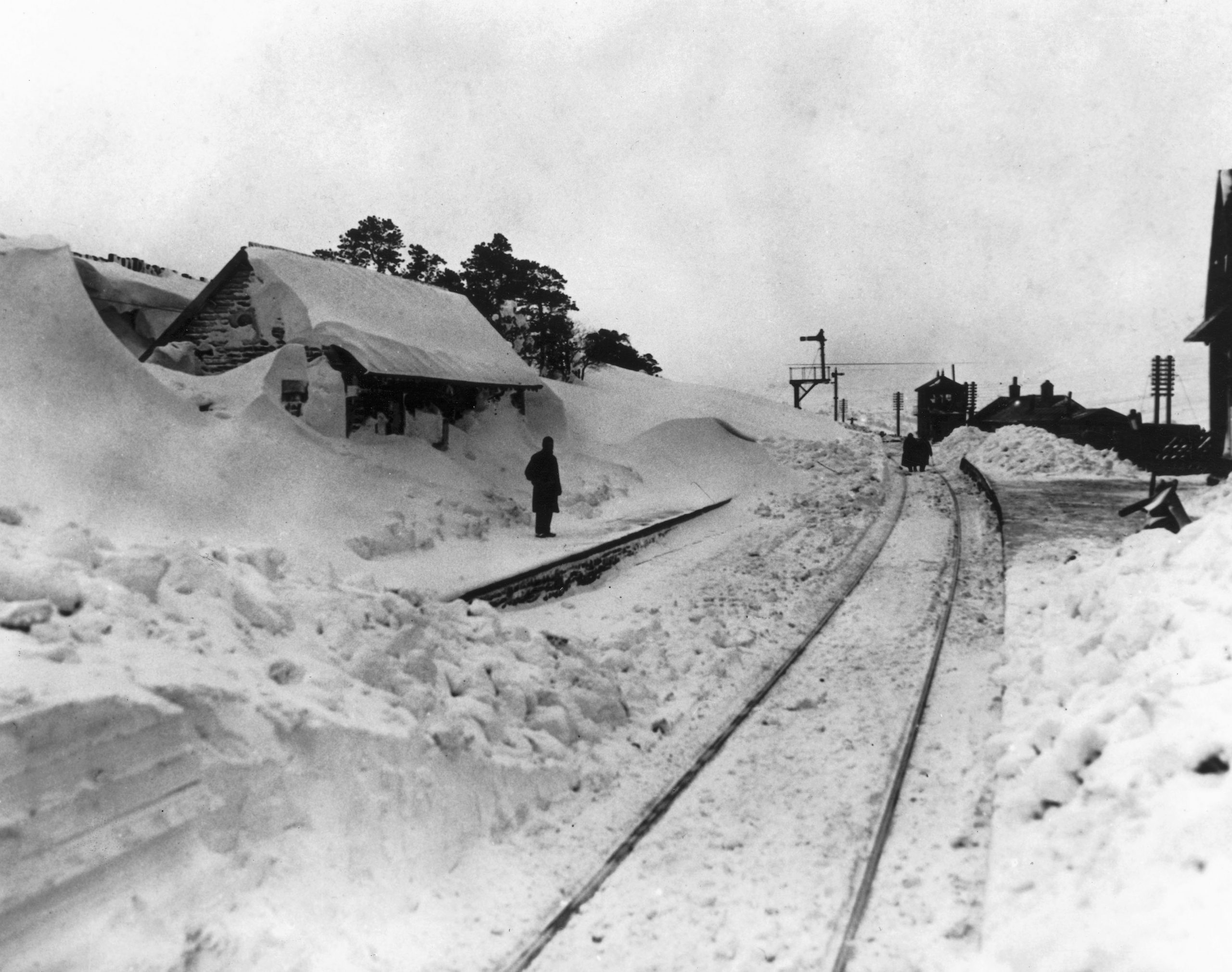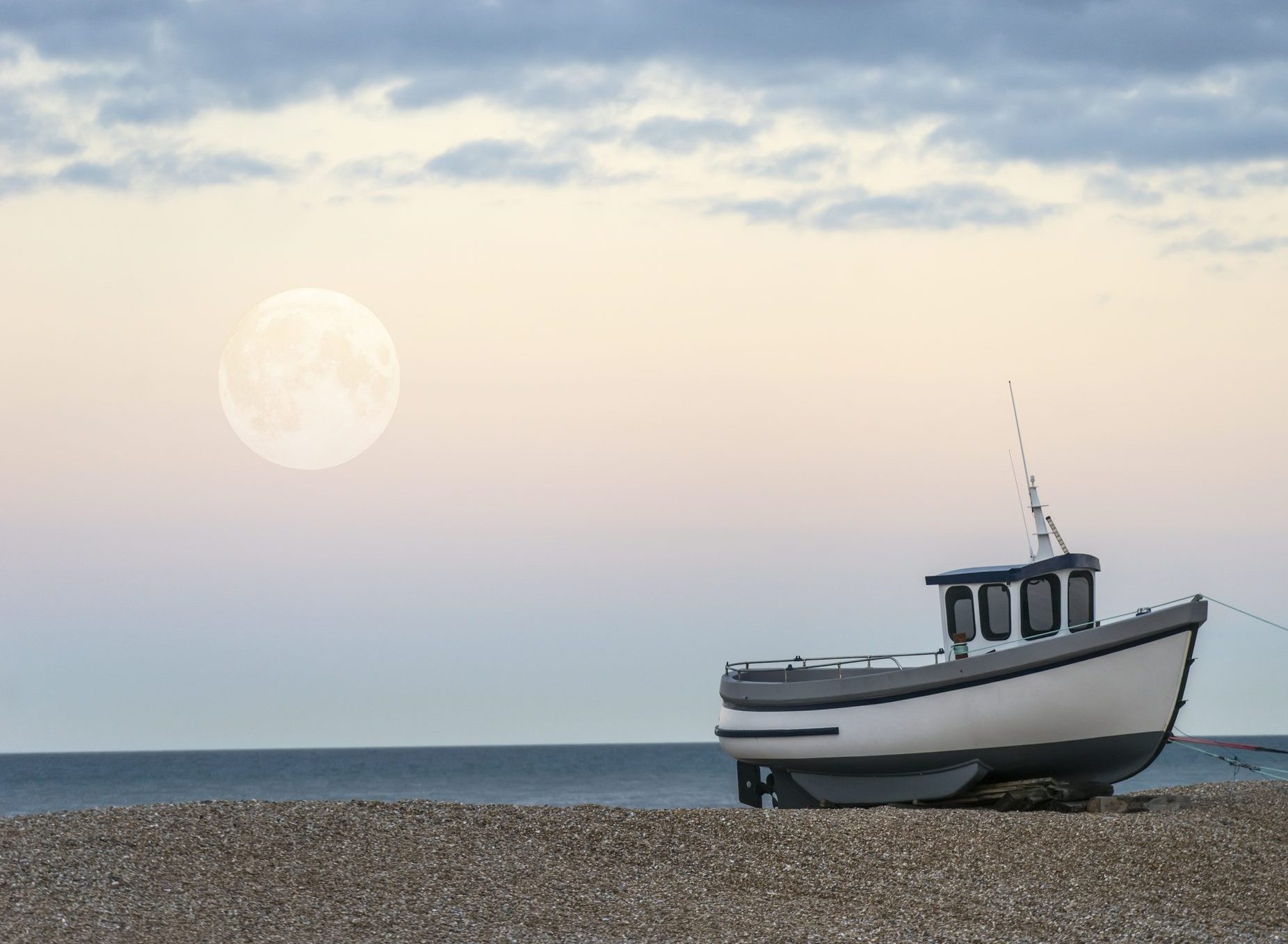Curious Questions: How fast do snowflakes travel?
Martin Fone examines the science behind snow and explores the history of snowfalls in the UK.


It is estimated that about a million billion snowflakes fall around the world every second, averaged over a typical year. My mind is boggled by such incredibly large numbers: to put it into context, that is enough snow for every person on planet Earth to make a snowman every ten minutes.
Some flakes have chosen to fall in my garden as I write this, but, alas, not in sufficient quantities to warrant me rummaging around for a carrot and two pieces of coal.
According to the Met Office, there were on average 23.7 days of snow or sleet in the United Kingdom each year between 1981 and 2010. The Cairngorms was the snowiest place, with an average of 76.2 days of snowfall, twice that for the whole of Scotland (38.1). By contrast, Cornwall only recorded 7.4 days of snowfall per annuum.
Of course, not all the snow settles. If you use snow on the ground as your criterion, the UK average plummets to 15.6 days a year. In truth, snow falls and settles mainly on higher ground and I can count on the fingers of a maladroit carpenter’s hand the days when snow has settled here in leafy, north-west Surrey in recent years.

Still, Britain has experienced the occasional severe winter. I am old enough to remember the winter of 1962-3, with its ten weeks of snow, when unheated bedrooms meant that frost formed inside the windows, a phenomenon that persisted until March 6, the first frost-free morning of 1963.
During the harsh winter of 1946-47, Forest-in-Teesdale, in County Durham, recorded 83 inches of snow on March 14, the deepest-ever recorded amount of snow lying in an inhabited area of Britain.
Large deposits of snow can present their own hazards. Although we associate avalanches with mountains, curiously, Britain’s deadliest one occurred in the East Sussex town of Lewes on December 27, 1836. Heavy snow over the Christmas period, together with severe gales, led to the formation of a precarious heap of snow overhanging the sheer western edge of Cliffe Hill.
Exquisite houses, the beauty of Nature, and how to get the most from your life, straight to your inbox.
On the evening of Boxing Day, a large portion of it broke off and crashed down into a timber yard close to Boulder Row and the residents in what was one of the poorer parts of the town were advised to evacuate. Sadly, many chose not to. At 10.15 am on the following morning, according to a report in the Sussex Weekly Advertiser, an avalanche descended on to Boulder Row “strik[ing] the houses first at the base, heaving them upwards, and then breaking over them like a gigantic wave. There was nothing but a mound of pure white”.
Seven people were rescued from the debris, but a further eight lost their lives. There is a public house called, appropriately, The Snowdrop on the site of what was Boulder Row and the white dress worn by one of those rescued, Fanny Boakes, is preserved in the local museum.

The temperature does not need to be below 0C for snow to fall. The tipping point is when the air temperature is below 2C, and there is sufficient moisture in the atmosphere to allow tiny ice crystals to form in the clouds.
If enough crystals stick together, their weight increases to such an extent that they fall to the ground. Large flakes are produced when they descend through moist air that is slightly warmer than freezing point, melting around the edges and sticking together. Smaller, more powdery-like flakes are formed when they travel through cold, dry air.
We have relatively few words to describe the types of snowfall we experience, content to use comparatives such as “slight”, “moderate” or “heavy”. The Inuits are said to have fifty different words to describe snow, a claim first put forward in 1911 by an anthropologist, Frank Boas, but now disputed by philologists.
This is nothing compared to the Scots, according to the Historical Thesaurus of Scots, which painstakingly listed every word in the Scots language from the earliest record to the modern day. The University of Glasgow team behind the project, which saw the light of day in 2015, has identified some 421 descriptors of “snaw”, as they would say.
When it begins to “sneesl” (snow), you may see “skelfs” (large snowflakes) or “snaw-pouther” (fine driving snow) or “spitters” (small drops or flakes of wind-driven snow).
Hoping that it will be a “flindrikin” (a slight snow shower), you may be disappointed if it turns into a “blin-drift” (drifting snow), increasing the chances of seeing a “snaw-ghast” (an apparition in the snow). What I am seeing outside of my window can be encapsulated by the verb “feuchter”, defined as “to fall lightly, to come down in odd flakes”.

These terms certainly add some colour to the language, which is more than the snowflakes do themselves. They are colourless, but because the ice from which they are formed is translucent and the crystals many-sided, light only passes through them indirectly and is reflected at different angles, rather than straight ahead. The result is that they appear white as they fall through the air or accumulate on the ground.
What is particularly fascinating about a snowflake is that each one has its own unique and individual appearance, a consequence of subtle changes of temperature and/or humidity, as the ice crystals make their journey from the cloud to the ground.
Frances Chickering, a minister’s wife from Maine, was so entranced by the shapes of snowflakes landing on her windowsill that she cut out paper replicas of them and pasted them into an album. Many of the beautiful shapes and images were published in 1864 in her book, Cloud Crystals: A Snow-Flake Album, inspiring many generations of children, myself included, to follow suit.
After years of trial and error attaching a microscope to his bellows camera, a farm boy from Jericho in Vermont by the name of Wilson Bentley finally, on January 15, 1885, took the first photograph of a snowflake. Snowflake Bentley, as he became known, never looked back, taking more than 5,000 photographs and becoming such a proficient photographer, as well as renowned meteorologist, that barely anyone else bothered to photograph them for almost a century afterwards. In 1931, the year he died, he published a monograph, Snow Crystals, illustrated with 2,500 of his photographs.

There is something profoundly relaxing watching snowflakes making their stately progress through the air, seeming to enjoy their moment in the limelight before meeting their fate as they land on the ground, either melting on impact or joining their confrères to form a layer of white.
Nothing seems to hurry them much, slowly descending to the earth at a speed of between one and four miles per hour, depending upon their mass and the environmental conditions they encounter. Flakes that collect super-cooled water on their descent can reach speeds of up to a heady nine miles per hour.
It is intriguing to think that it takes a flake almost an hour to reach the ground, by which time the cloud it has fallen from may well have passed from view.

Curious Question: Why can we see the moon during the day?
For many years, Martin Fone was convinced that the moon was inextricably linked with the night. Having realised his error,

Curious Questions: How likely are you to be killed by a falling coconut?
Our resident curious questioner Martin Fone poses (and answers) another head scratcher - or should we say, head banger?
After graduating in Classics from Trinity College Cambridge and a 38 year career in the financial services sector in the City of London, Martin Fone started blogging and writing on a freelance basis as he slipped into retirement. He has developed a fearless passion for investigating the quirks and oddities of life and discovering the answers to questions most of us never even think to ask. A voracious reader, a keen but distinctly amateur gardener, and a gin enthusiast, Martin lives with his wife in Surrey. He has written five books, the latest of which is More Curious Questions.
